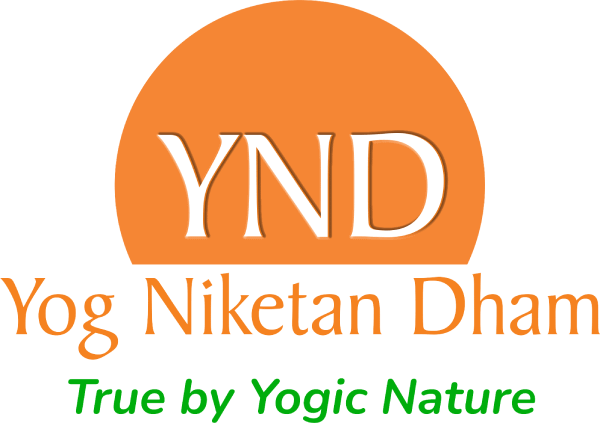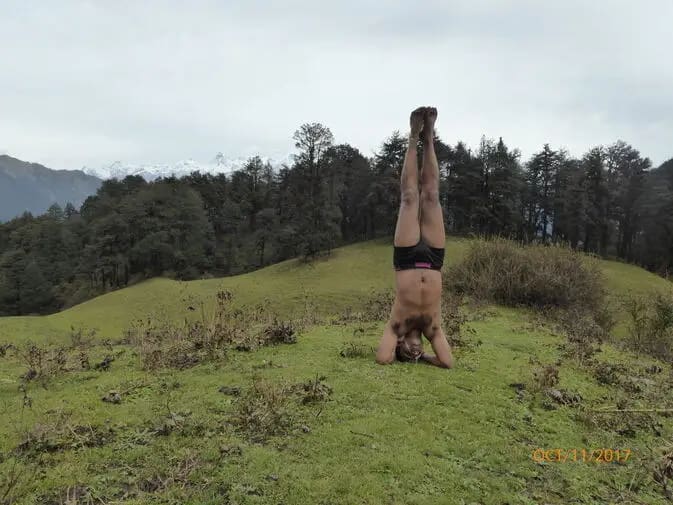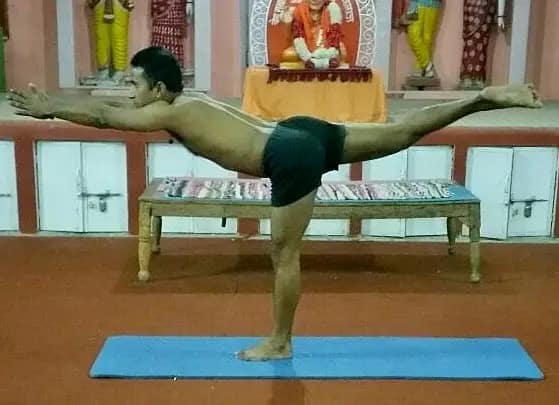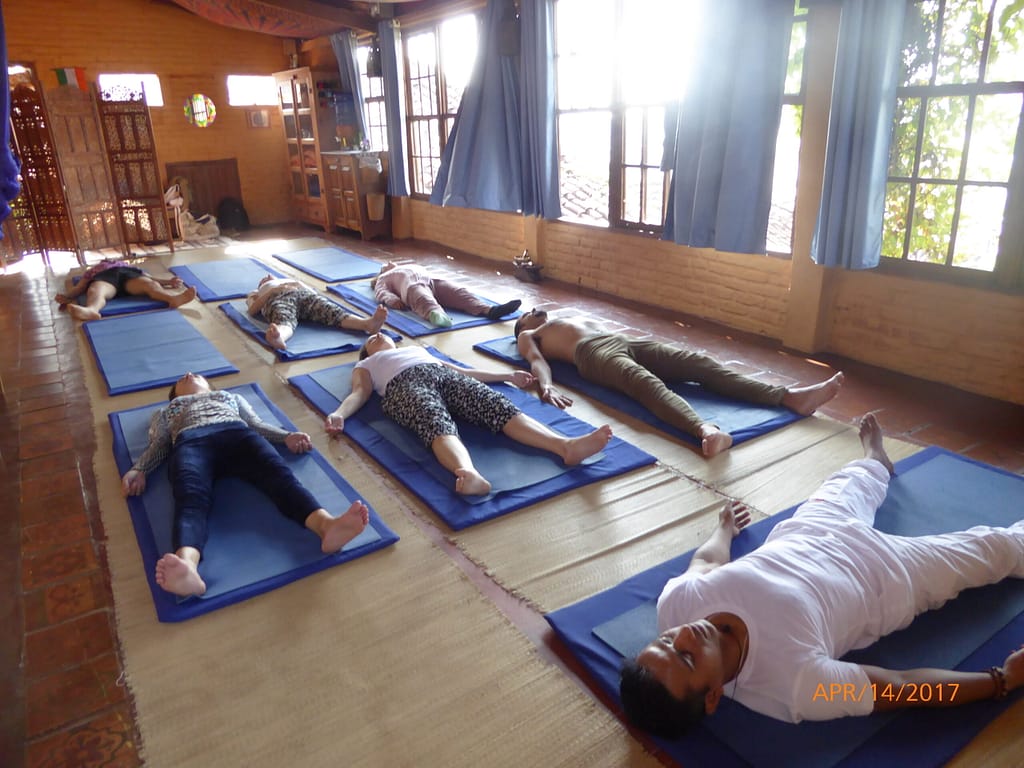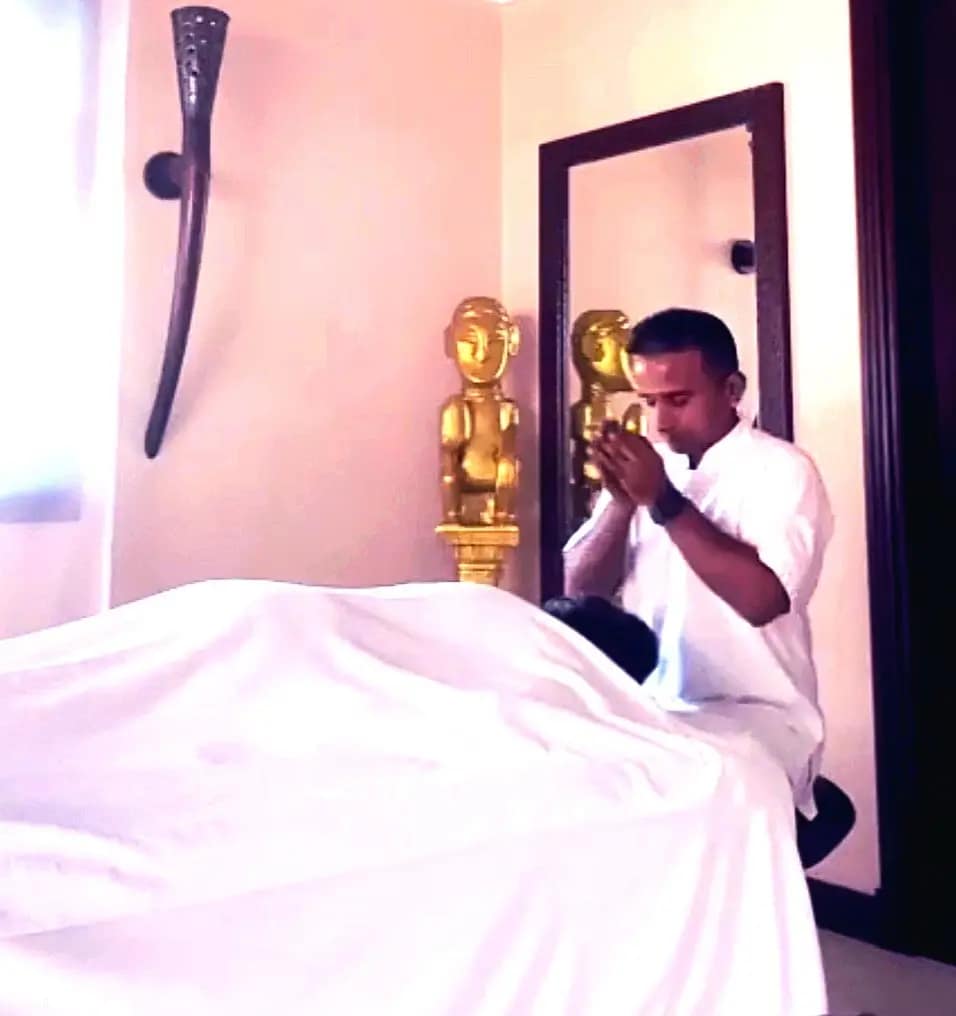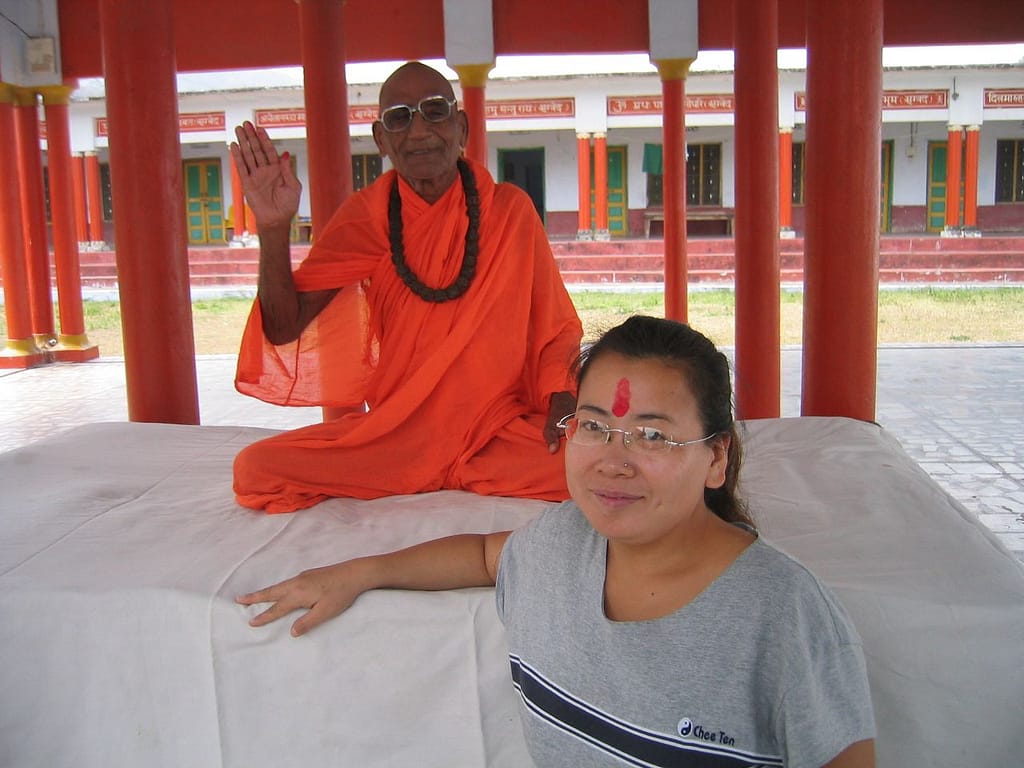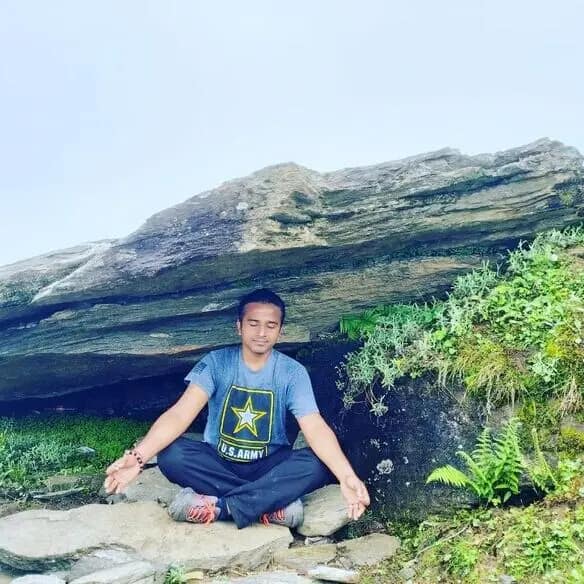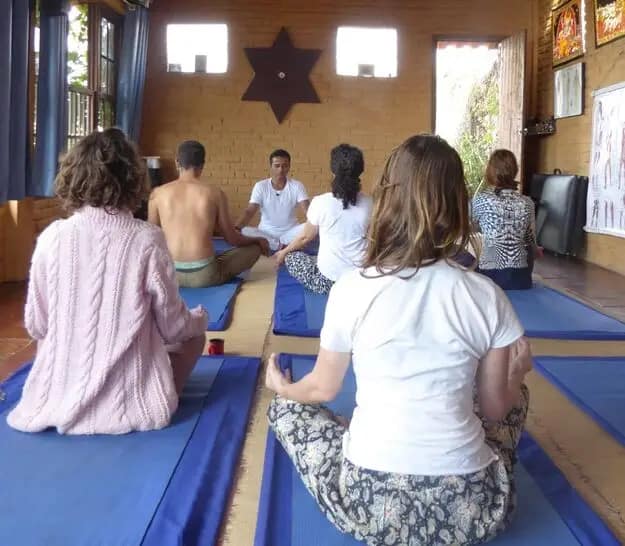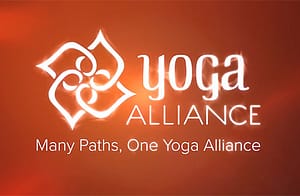Sirsasana (The Headstand Pose)
What is Sirsasana (Headstand Pose) Sirsasana, also known as Shirshasana, is a Sanskrit term meaning “head pose.” Sirsha means ‘head,’ and asana is associated with the head. Sirsasana is an advanced yoga pose traditionally practised to enhance Brahmacharya (celibacy) practice. The headstand pose is considered the “King of the Asanas.” Hatha Yoga is practised […]
